NATURAL WORLD
The environment isn't somewhere else far, far away, you are in it right now and what happens to the environment affects your wellbeing...
HAUS OF CONSERVATION
The natural world consists of all the flora and fauna, natural resources and anything that is a part of nature that is not made or caused by people, including the physical world itself and the universe. Our relationship with the natural world is incredibly important for our own wellbeing but also for the future of all life on earth, because in some way or another we are all connected, including non-human animals. This connection is called the web of life and it's important that all threads of the web of life are present to create fully functioning healthy ecosystems, which in turn creates the huge biosphere "planet earth" (one large ecosystem). So, what happens in one ecosystem, whether locally or globally affects the entire functioning of the biosphere "planet earth".
Over time the human connection to the natural world has deteriorated and we have taken for granted: natural resources, non-human animals, and natural habitats, which is resulting in climate change, habitat loss and the sixth mass extinction.
While background extinction is a natural phenomenon, the sixth mass extinction is not, because it is being driven so rapidly and caused by human activity such as: climate change, unsustainable natural resource use, including water, energy, and land. The sixth mass extinction is excelling at a rate of 1000 - 10,000 times higher than background extinction rates, meaning evolution and adaptation of the natural world cannot keep up with human consumption and activity.
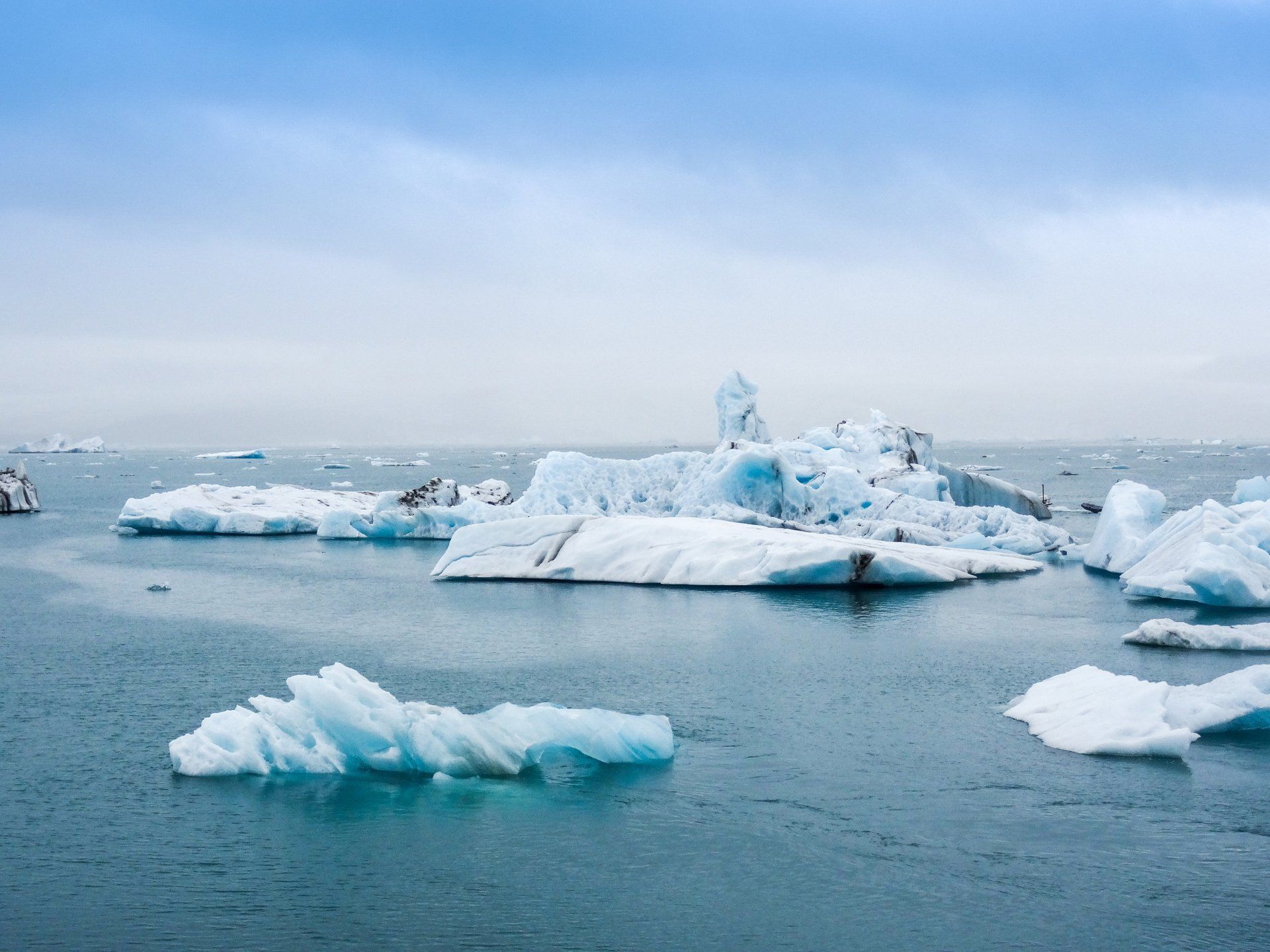
Habitat Loss
75% of the earth’s surface has already been damaged by human activities according to (IPBES) Science-policy platform on biodiversity and ecosystem services. When we lose habitats, we lose ecosystems and ecosystems are important because they benefit all life through ecosystem services such as: pollination, water and air purification, nutrient cycles, carbon storage and many other benefits within supporting, provisioning, cultural and maintaining services. Without wild habitat you can’t have wildlife, and without wildlife, ecosystems can’t function properly which then affects ecosystem services which ultimately affects the entire natural world.
So, what is causing habitat loss:
1. Agriculture - particularly the meat and dairy industry which causes catastrophic damage to the natural world, due to the amount of resource consumption required, land and pollution it causes, let alone the animal cruelty and suffering. A vegan diet can dramatically reduce your resource use and carbon footprint.
2. Urbanisation - land taken for housing, business premises, roads, and human infrastructure.
3. Deforestation - due to the need for space for agriculture, urbanisation, and timber for building resources.
4. Resource extraction - overfishing, dredging of the sea for building materials and minerals, deforestation for building materials and minerals.
5. Habitat degradation due to invasive species, unsustainable resource use, pollution and soil infertility resulting in desertification.
6. Habitat fragmentation - when parts of the habitat are destroyed leaving isolated, smaller parts of habitat disconnected, this is often caused by urbanisation, resource extraction and agriculture.
7. Climate change - leads to the destruction of habitat and degradation such as the Artic and Antarctica (melting ice caps).
8. As you can see all these issues are interlinked but excelled by one thing in common, human population.
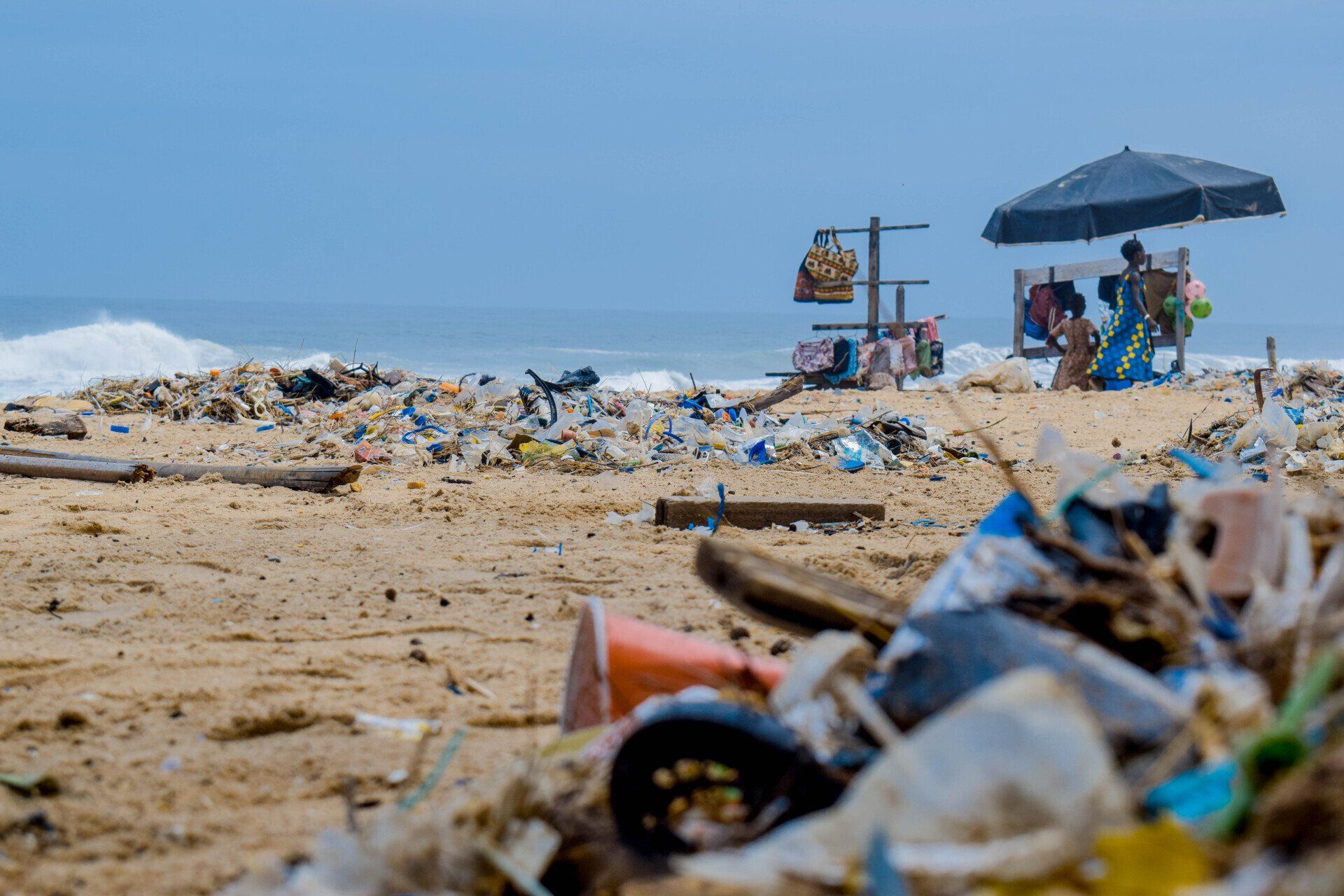
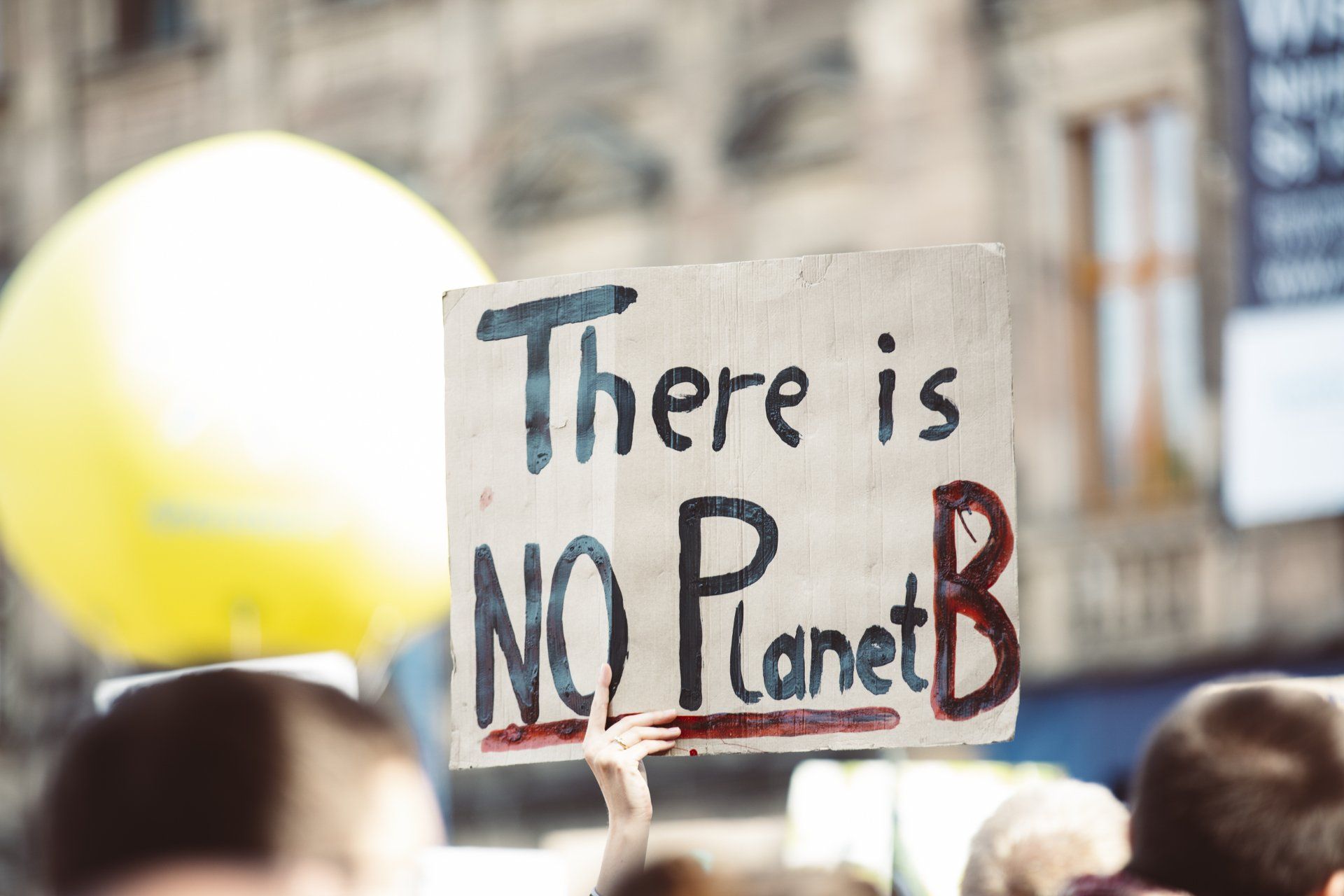
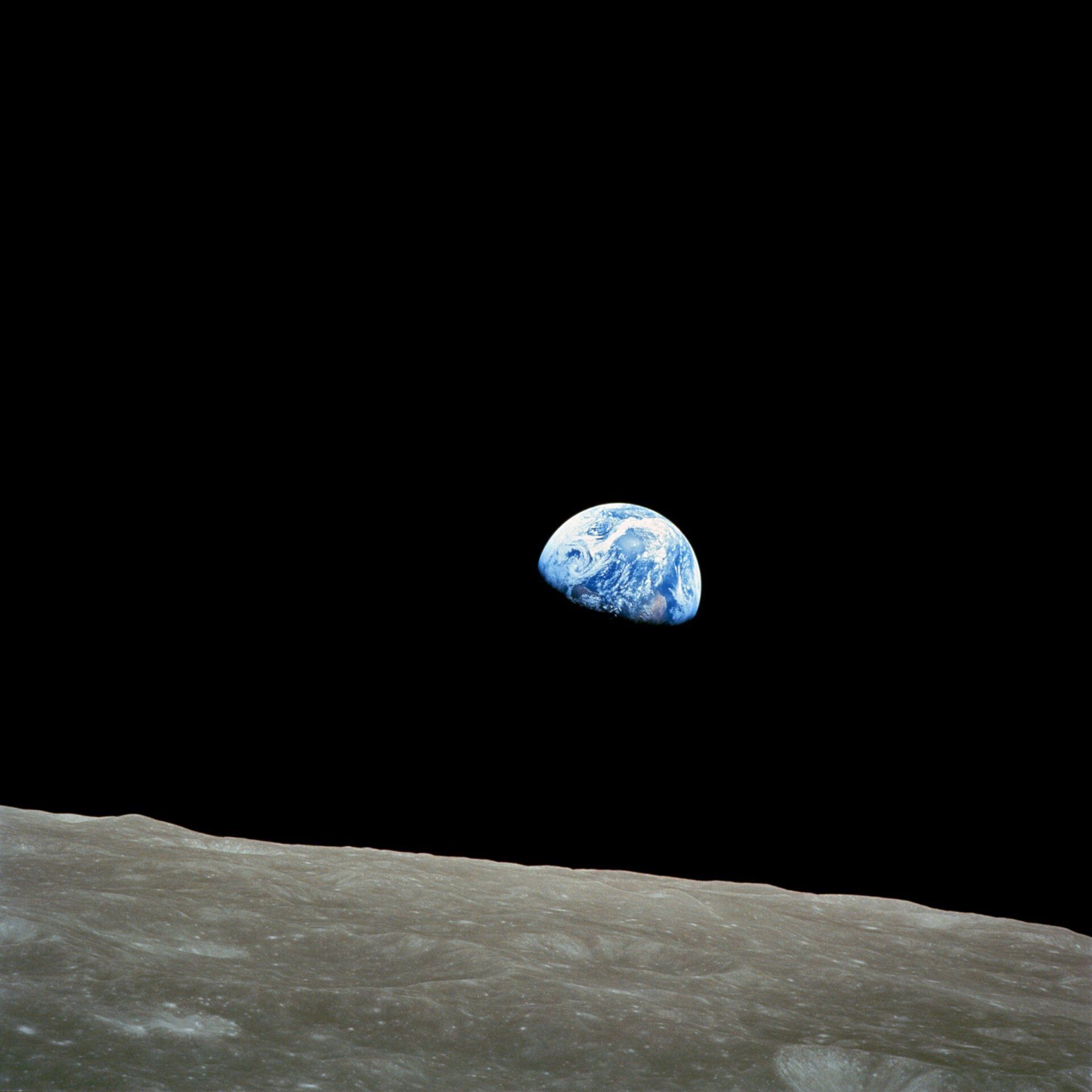
Climate Change
Climate change is where weather patterns change for the long term and change the local, regional, or even global climates. This can even include abnormal or irregular weather patterns for a long period of time.
The main causes of climate change are:
1. The burning of fossil fuels: coal, oil, and gas. When burnt these produce carbon dioxide and nitrous oxide which heat the planet up.
2. Deforestation (see habitat loss info).
3. Livestock farming (see habitat loss info).
4. The use of fertilisers containing nitrogen which produce nitrous oxide emissions and the ability to damage water supplies, lakes, rivers and even the ocean from agricultural run off.
5. Transportation: the way we move around the planet locally and globally. The most polluting form of transportation is road transport: cars, buses, lorries, motor bikes, followed by aviation and marine transport and lastly locomotives. The use of cycling, walking and locomotives could result in a much kinder combination of travel for the environment.
6. Landfills, the lack of recycling or up-cycling of materials which then result in waste materials being buried underground. We need to use less and recycle more.
7. Fracking is the process of opening fissures within subterranean rocks or boreholes with liquid of high pressure to extract oil and gas fossil fuels. Fossil fuels are not good for the environment locally or globally.
8. The production of energy at power plants such as hydroelectric, nuclear, coal fired, oil fired or natural gas fired all take a toll on the natural world. We need to reduce our energy consumption - use less.
9. Melting permafrost (soil that has been frozen for more than two years), on melting it releases the CO2 into the atmosphere. As the planet continues to warm up, more permafrost is beginning to melt in the northern hemisphere which is releasing more CO2 which then speeds up warming.
10. Consumerism: the acquisition of more goods and services which are not necessary for survival. Buy less, use less.
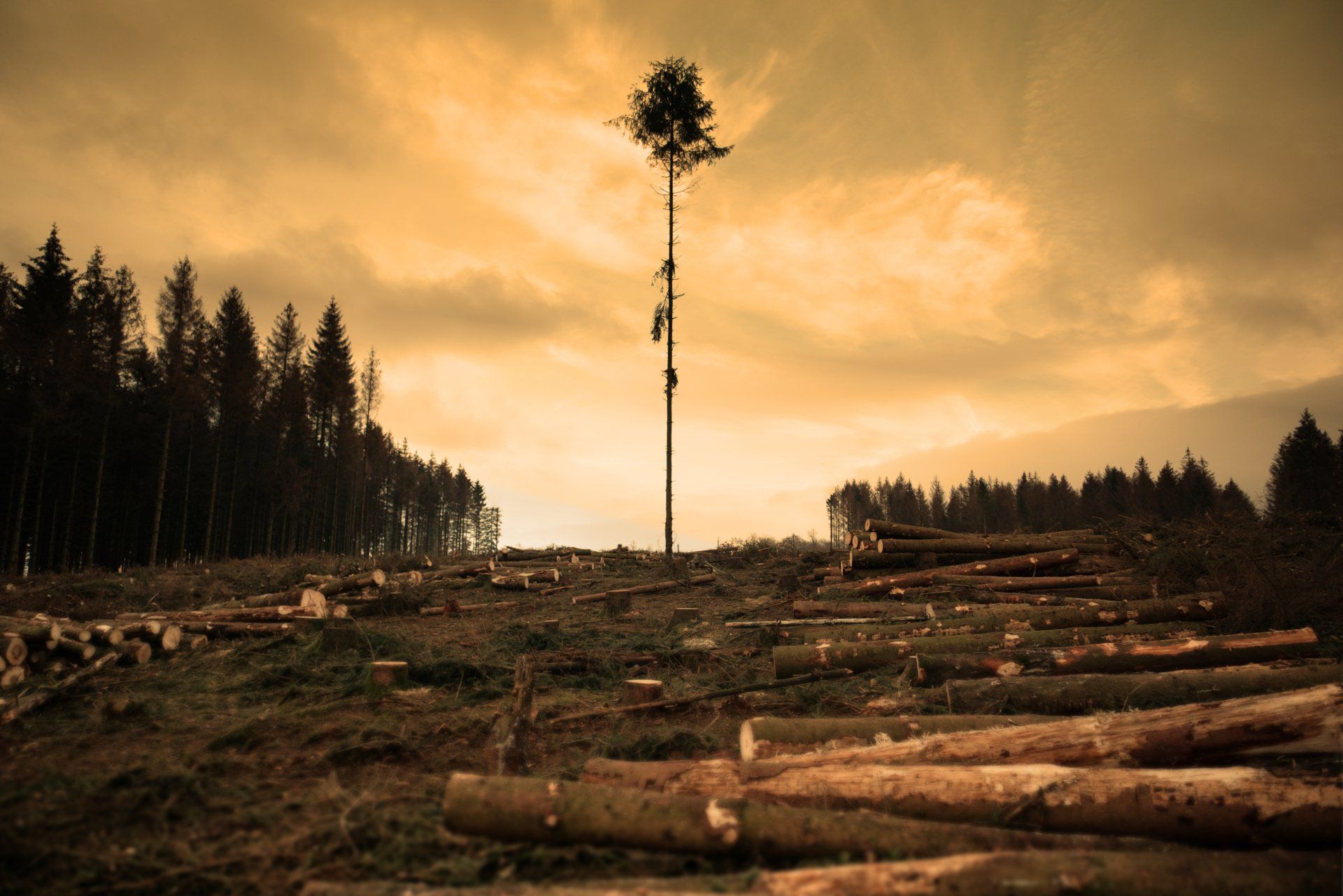
Biodiversity Loss
Biodiversity loss means the loss or decline of biodiversity (flora, fauna, living organisms including the patterns within ecosystems or the ecosystem itself). Think of biodiversity as the amount of living things that inhabit the planet. We are currently in the sixth mass extinction which you would have already read about. This means the variety of life on the planet is becoming less and less due to all the information we have previously discussed. Biodiversity loss is a huge risk to the entire natural world including human life, as the entire web of life is becoming fragile.
"The rapid loss of biodiversity that we are witnessing is about much more than nature. The collapse of ecosystems will threaten the wellbeing and livelihoods of everyone on the planet".Linda Krueger - Director of Biodiversity and Infrastructure Policy of Nature Conservancy.
Human Population
The driving factor behind all the issues discussed: habitat loss, climate change and biodiversity loss, is human population. The more humans we have on the planet the more resources, more space and energy that will be required to support the human life, before considering the non-human life which is decreasing all the time. This is a global issue and is every everyone’s responsibility. One way we could tackle this issue is to have smaller families.
One thing for certain is that as the human population continues to grow and life expectancy increases, we must keep in mind the health and wellbeing of the natural world, to ensure a world worth handing down to future generations. After all our wellbeing is dependent upon a healthy, fully functioning natural world.
Don't forget to check out information pages on: wellbeing, speciesism, veganism and kindness.